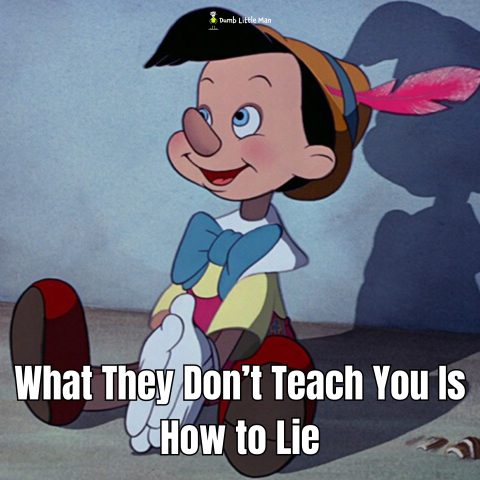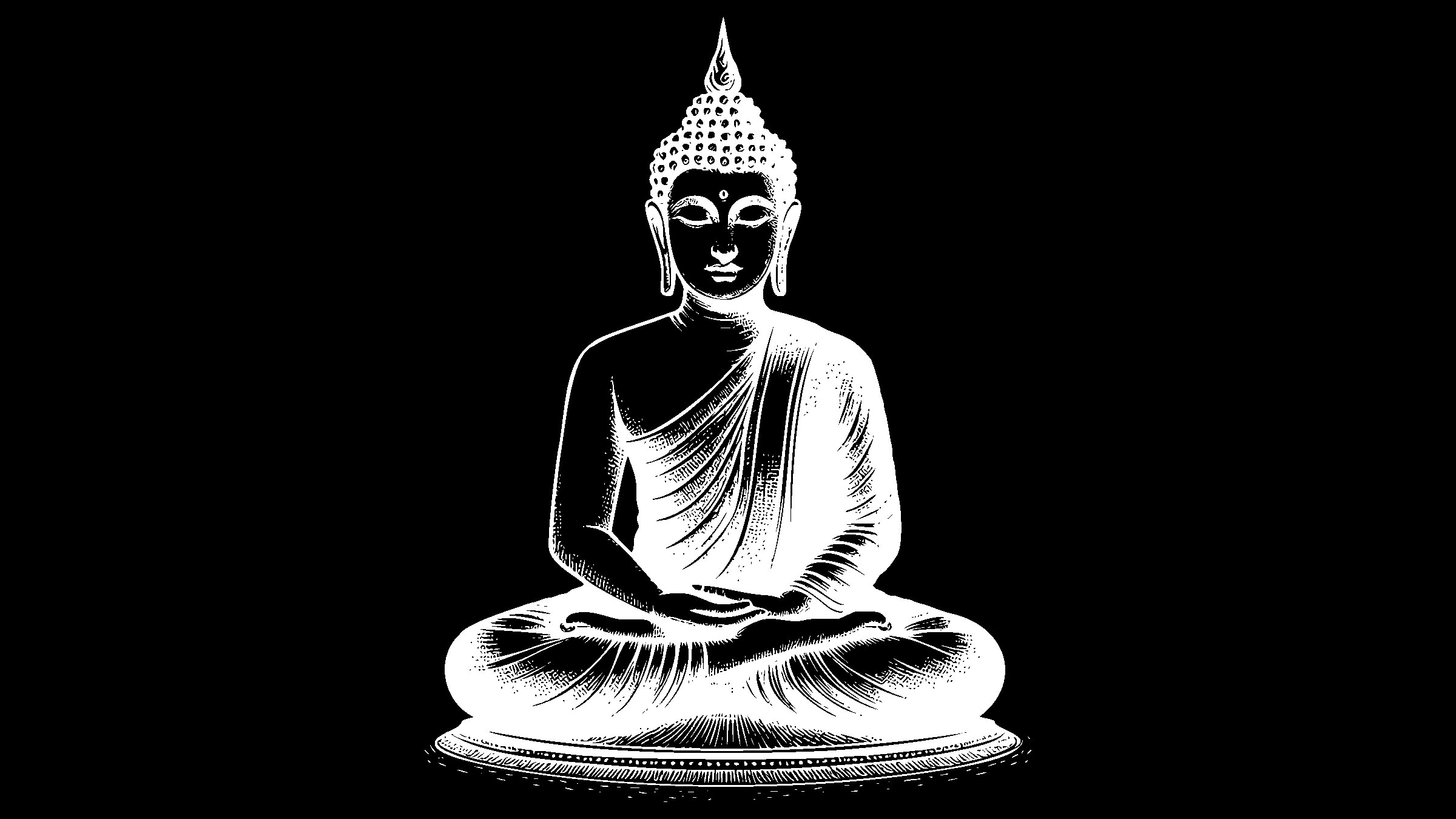A Few Words About Silence
In an excerpt from his forthcoming book, IMS teacher Larry Rosenberg expounds on how to bring more stillness into our everyday lives. The post A Few Words About Silence appeared first on Tricycle: The Buddhist Review.

We don’t know what silence is. Our culture has neglected the human need for a contemplative dimension. We’ve been brought up in an age of action, doing, getting, achieving, competing, becoming. We are busy running around, assembling things, breaking things down, putting up new things, thinking, analyzing, jumping, dancing, singing, shouting—just look around, our world is very dynamic. We don’t know a whole lot about what happens when that frenetic activity stops.
Above all, we’re drowning in words, the continuous radio in our head. It’s nonstop thinking—blah, blah, blah, on and on, even in our sleep. I’m not saying that’s bad or good; it’s just true. We forget that the ability to stay silent for a period of time is a kind of nourishment, wonderful and necessary.
There’s a dimension of living called “silence” or “stillness” or “emptiness.” When we use those words, we think of their dictionary definitions. But those definitions don’t convey what I’m describing. Stillness doesn’t mean that the refrigerator has stopped rumbling or the TV is shut off.
The elusive state for all human beings, in the Buddha’s time and now, is inner silence, infinite spaciousness. It’s sometimes called “the deafening silence of the dharma.” A mind that’s calm and clear can see into itself and all that’s other than itself. I won’t say where that leads—you find out. You might think, “Whoa. That’s a bit much. I only took up this practice to calm down.”
But you’re already practicing coming to this silence. After all, the third noble truth is cessation or well-being. There are moments when we deeply appreciate the ordinariness and extraordinariness of life.
Silence Is Shy
There are many ways to quiet ourselves, all of which are valuable. There’s a silence that comes from reading a book filled with magnificent ideas. There’s a silence in seeing beauty in any form—in nature, taking a swim in the ocean or a walk in the woods, or just being in solitude. But I’m talking about a measureless kind of silence that grows out of the practice. You could say it’s the heart of the practice because the deepest essence of our innermost being is silence.
This silence is shy. You can’t find it through the intellect. You can’t reach it with your emotions. In fact, you can’t search for it—the search itself would cause stirrings, movements, vexation. You can’t order it, expecting to receive silence by command. That would be like commanding love—we all know you can’t force love into existence. Silence likes humility, gentleness, innocence. It likes to be valued for itself. Thought goes into abeyance gently, gracefully, peacefully, without a struggle, without any bloodshed.
When you enter into silence and you’re grateful for it and it has been healing and rejuvenating, even for just a few moments, you feel a tremendous energy. In Buddhism, we have concentration techniques where, temporarily, you might reach a certain silence, but that’s a silence held in place by effort. There’s still separation, a doer, an observer. The silence that I’m talking about is here right now. Allow yourself to soak in that spacious kind of silence. Let it operate on you. Let it work on you. If you recognize it and appreciate it when it’s there, the chance that it will return increases.
This silence is not a rarified experience. Stillness or silence or emptiness is not reserved for mystics who live high up in the Himalayas, wear loincloths, eat one grain of rice a day, sit cross-legged for weeks while freezing cold, or stand on one leg for ten years. It’s part of the human constitution.
The emptiness I’m talking about is not dead; it’s not a vacuity. When the mind gets silent, you’re tapping into the energy of the universe. Though we’re part of the universe, we typically just receive it in little drips—drip, drip, drip, like a faucet that’s not fully turned on. When we let go of who we think we are—all the notions, concepts, images, and delusions—we channel the energy that animates the whole universe. Silence is an energy that’s packed with life. It’s highly charged.
Silence Within Speech
I studied in Asia with a teacher who explored with us right speech, which is part of the eightfold path. Conventionally, right speech means you pay attention to your speech, noticing if there are occasions where you are not exactly being truthful, you’re being harsh, or what you’re saying is divisive. Or maybe it’s just idle small talk, not amounting to much.
My teacher said, “This is all good. But what will help you most of all is to taste silence.” I asked him why. He said, “When you learn how to live in even a little bit of silence and feel the beauty of it, the sacredness of it, then as soon as you open your mouth, you realize you’re wrong. No matter what you say, even if you use the most refined speech, it’s a crude instrument for expressing the deep experiences of being alive.”
The more you listen and become sensitive to your speech, the more you taste silence. And the more you drink and taste the beauty of silence—real stillness—sometimes you don’t even want to speak. If you do speak, you want to say something that, in a sense, doesn’t sully the silence. Put another way, you hear when your speech is off, when there are false notes. You become more sensitive both in noticing what is not true and in being vulnerable, fragile.
Great healing, the most important healing, occurs in silence.
Silence is what spiritual life is about, at least this version of it. Behind all the commotion of our lives there is an unfathomable silence accompanied by unlimited space—an endless dimension. We’re psychonauts, whether we know it or not. Ours is an inner orbit. The Tibetans put it plainly: the cognizing power of emptiness. In silence, there’s an awakening of a kind of intelligence. Great healing, the most important healing, occurs in silence. In silence you find you’re more compassionate, wiser. All the metta, or loving-kindness, you could ever want is in silence.
As the mind empties itself of its own content, it brings you to a place that is prior to thinking. Silence has nothing to do with culture. It has nothing to do with your conditioning, family, job, or bank account. It is opening up to what is before culture, before thinking. In this sense, mindfulness is preconceptual. It can only happen in the present moment. You can get pretty good at experiencing silence for extended periods of time on the cushion. The real challenge becomes: Can you bring this profound silence into your daily life?
In vipassana, we’re learning how to rest in silence. I can’t say I live there, but from time to time I have had access to it. It’s unbidden. It can even take you by surprise. You can be walking in Times Square and suddenly come upon that mysterious place.
◆
From The World Exists to Set Us Free: Straight-Up Dharma for Living a Life of Awareness by Larry Rosenberg with Madeline Drexler. © 2025 by Larry Rosenberg and Madeline Drexler. Reprinted in arrangement with Shambhala Publications, Inc. Boulder, CO

 JimMin
JimMin 































